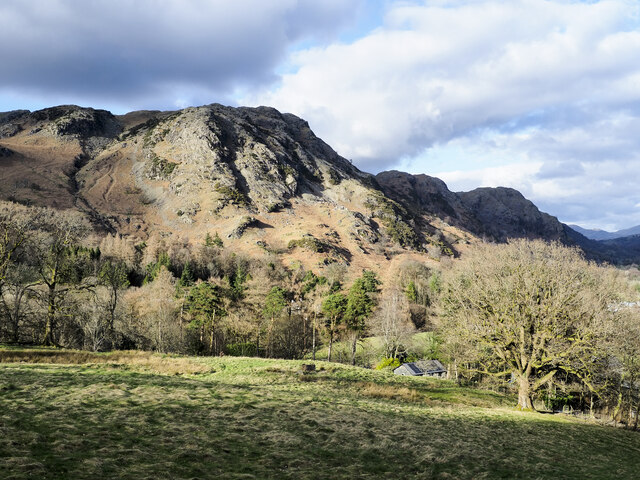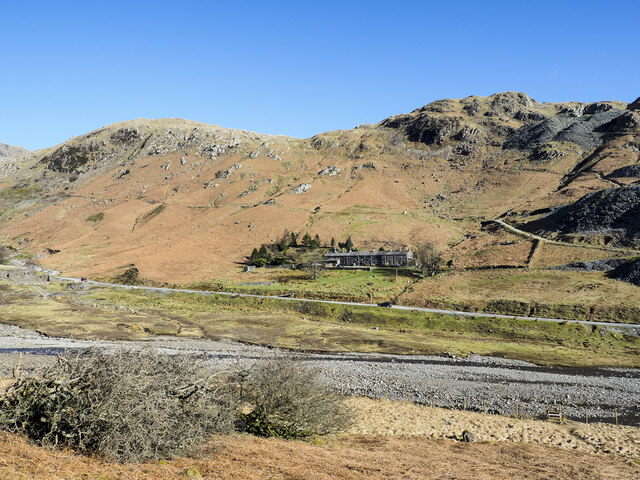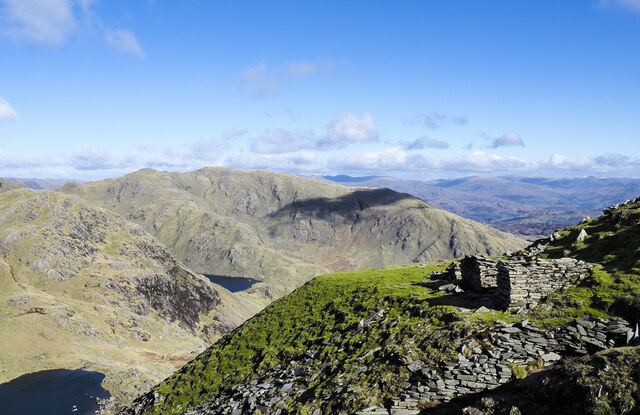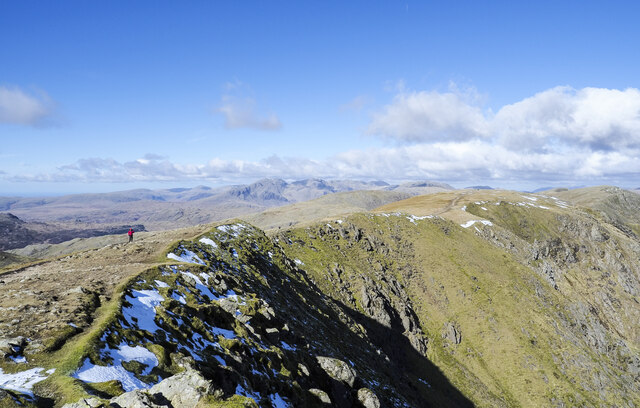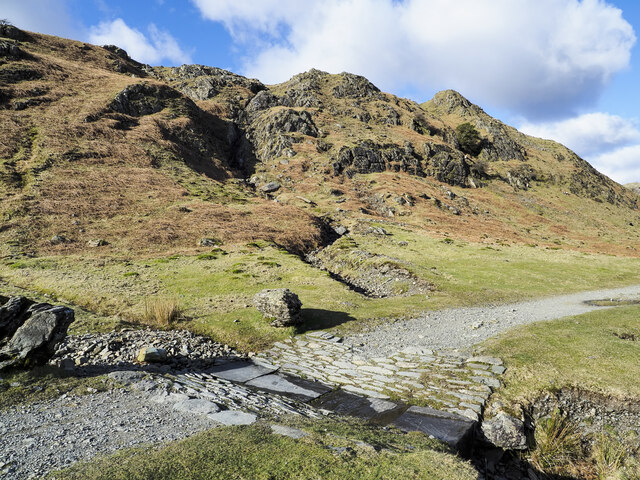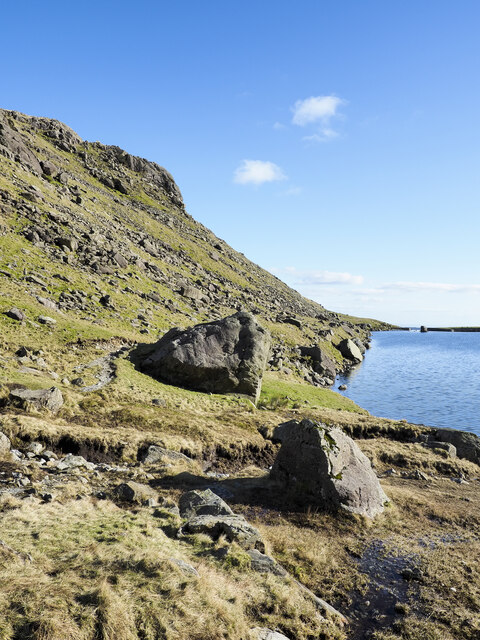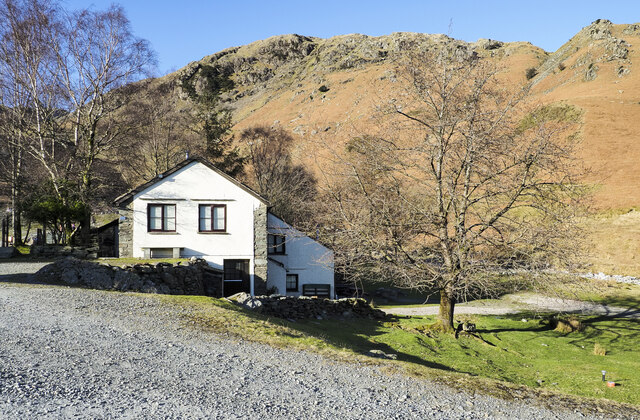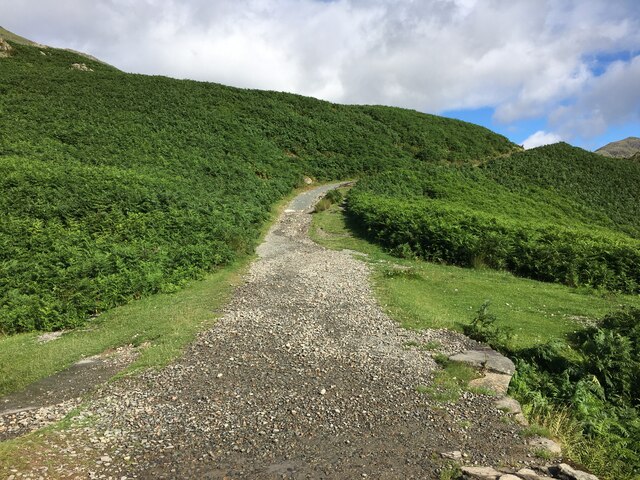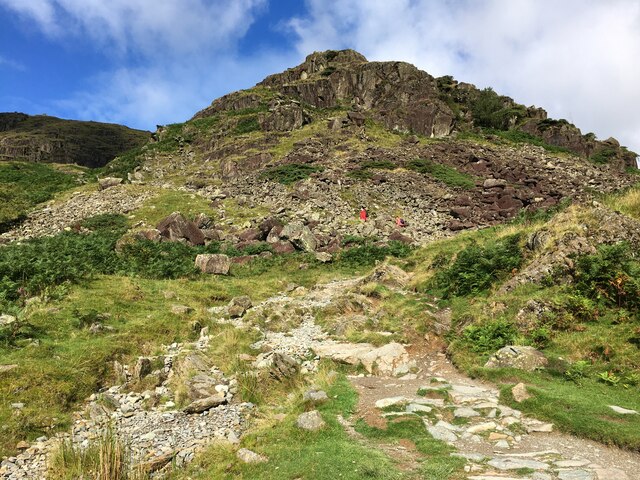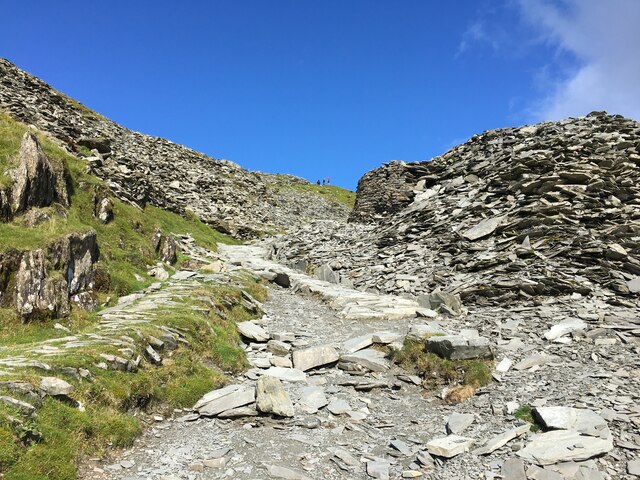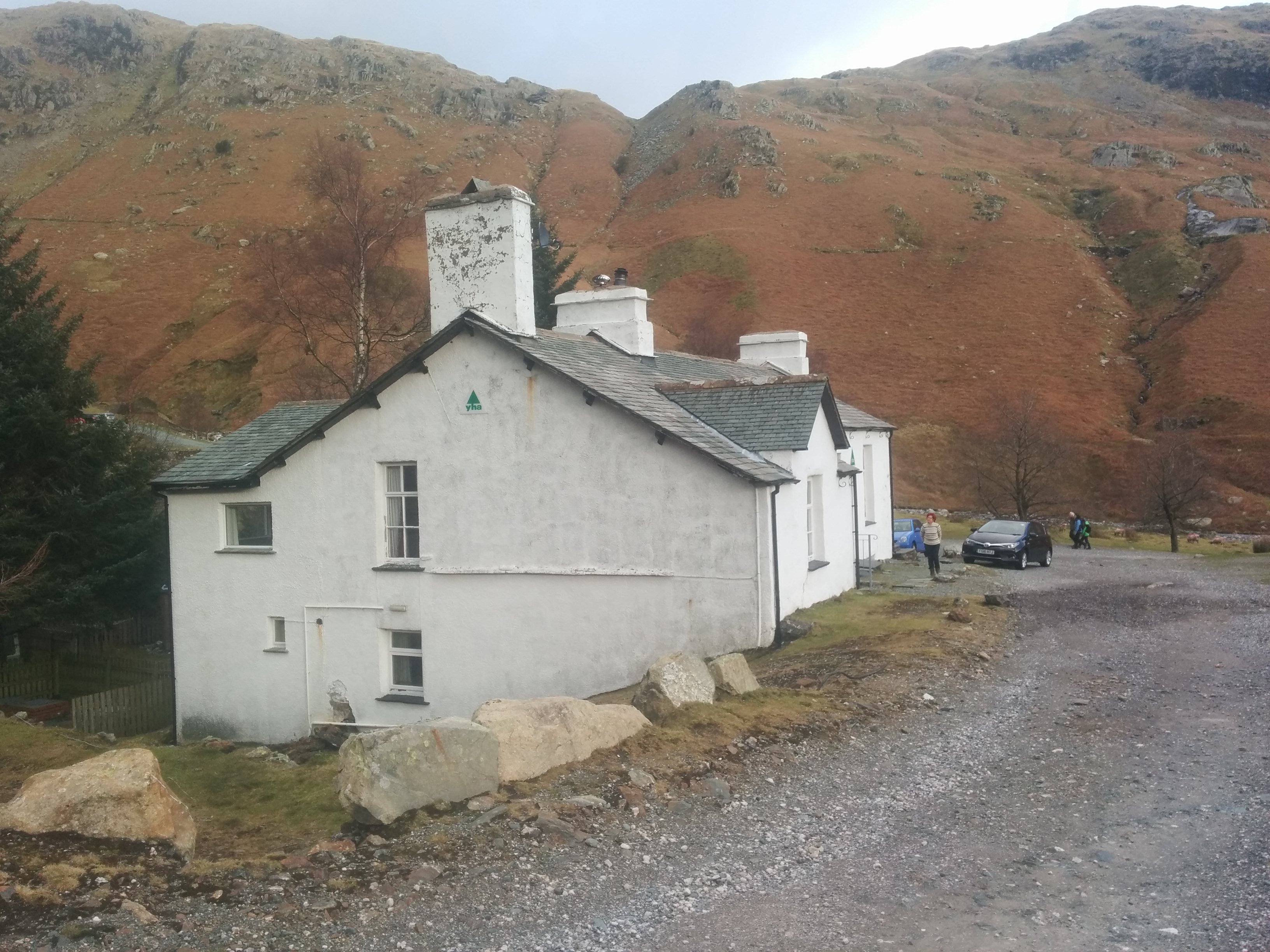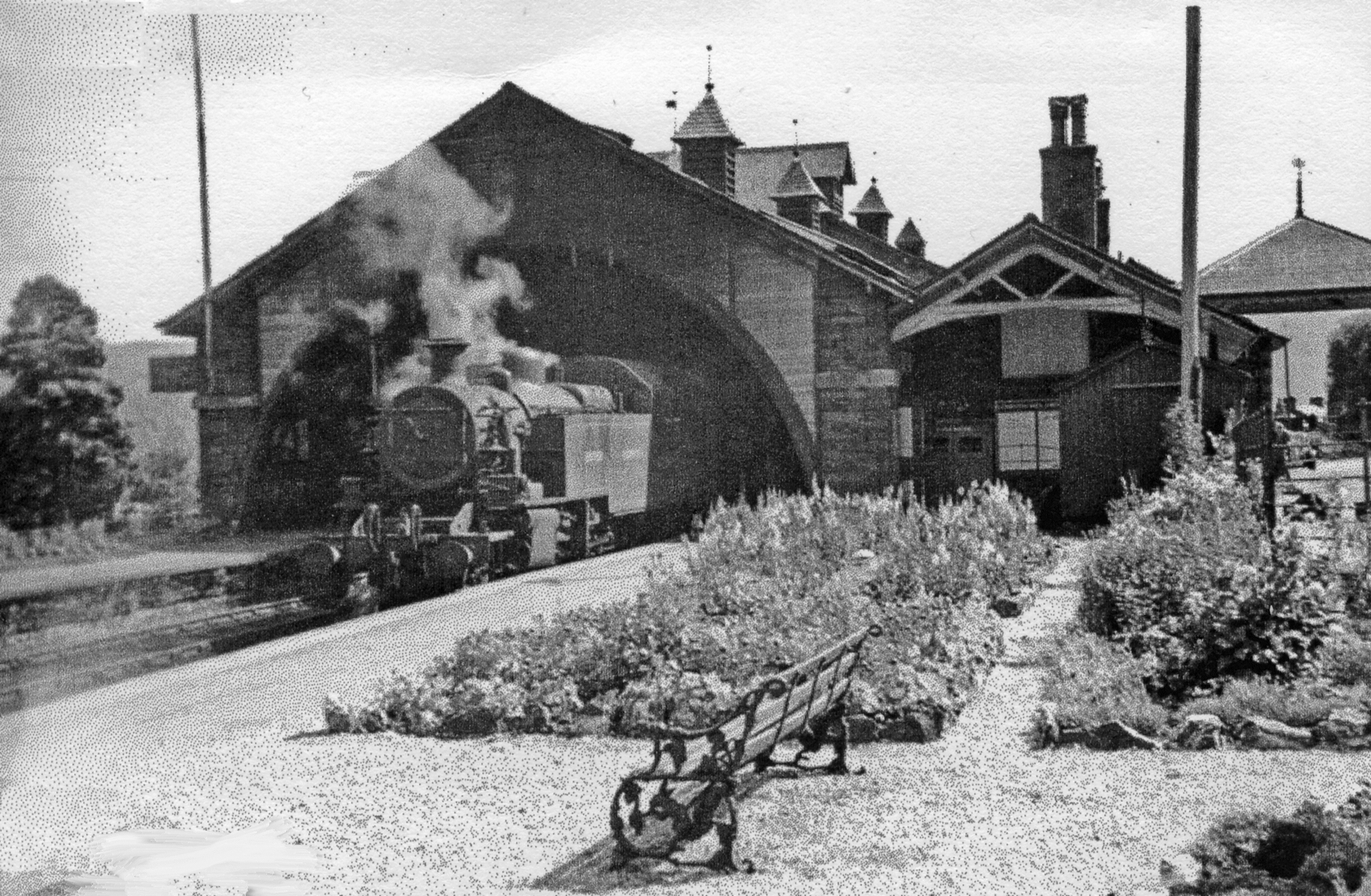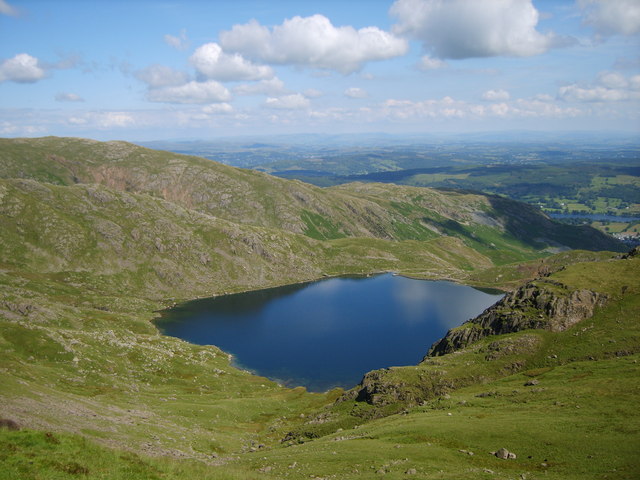The Bell
Hill, Mountain in Lancashire South Lakeland
England
The Bell
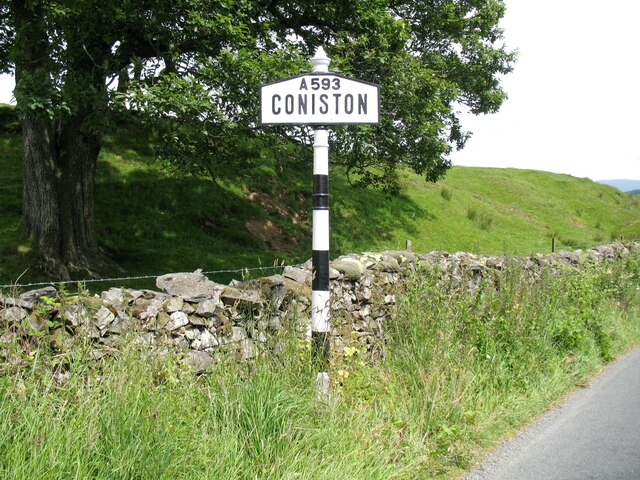
The Bell is a prominent hill located in the county of Lancashire, England. Rising to an elevation of approximately 1,191 feet (363 meters), it is considered one of the highest points in the region. The hill is situated in the northern part of the Forest of Bowland, an Area of Outstanding Natural Beauty.
The Bell offers breathtaking panoramic views of the surrounding countryside, making it a popular destination for outdoor enthusiasts and nature lovers. Its location within the Forest of Bowland provides a diverse and rich ecosystem, with a variety of flora and fauna thriving in the area. The hill is covered in heather and grasses, creating a picturesque landscape, especially during the summer months when the heather is in full bloom.
The Bell is also a popular spot for hikers and walkers due to the presence of several well-maintained trails that lead to its summit. One of the most popular routes is the circular walk starting from the nearby village of Slaidburn, taking visitors through scenic valleys and woodlands before ascending to the top of the hill. The challenging ascent is rewarded with stunning views across Lancashire and even as far as the Lake District on a clear day.
Overall, The Bell in Lancashire offers a stunning natural environment, diverse wildlife, and unparalleled views, making it a must-visit destination for those seeking outdoor adventures and a connection with nature.
If you have any feedback on the listing, please let us know in the comments section below.
The Bell Images
Images are sourced within 2km of 54.371637/-3.0976809 or Grid Reference SD2897. Thanks to Geograph Open Source API. All images are credited.

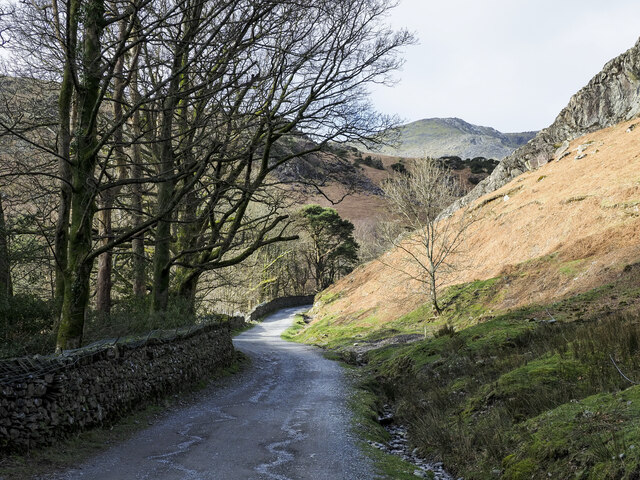
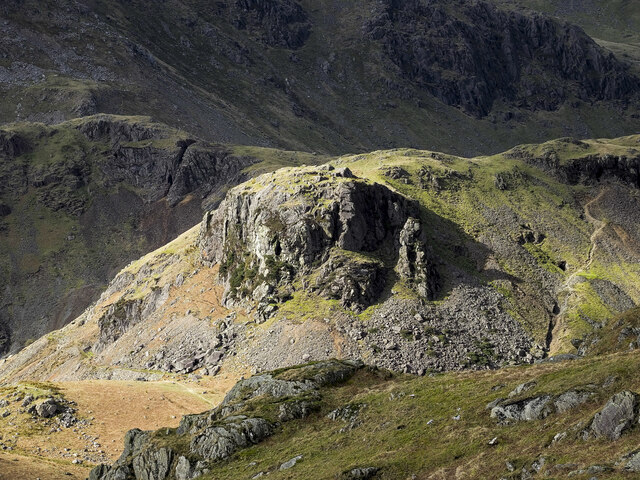
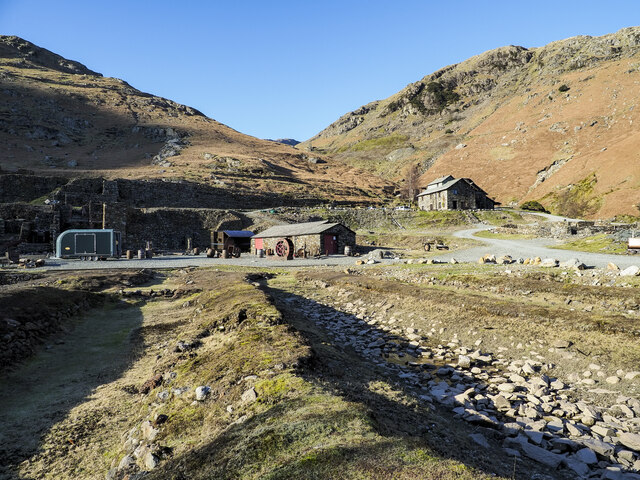
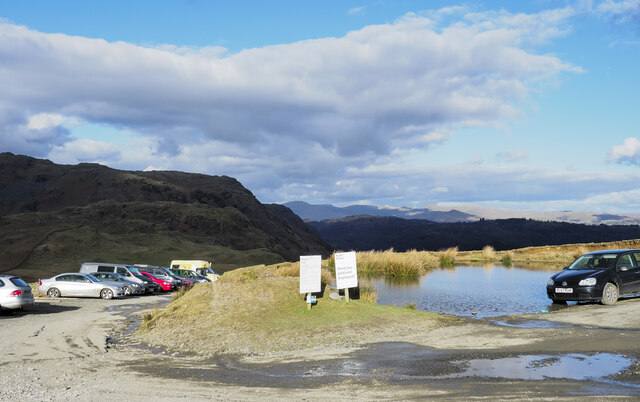
The Bell is located at Grid Ref: SD2897 (Lat: 54.371637, Lng: -3.0976809)
Administrative County: Cumbria
District: South Lakeland
Police Authority: Cumbria
What 3 Words
///spout.owned.brighter. Near Ambleside, Cumbria
Nearby Locations
Related Wikis
Coniston copper mines
The Coniston copper mines were a copper mining operation in Lancashire, England. It was functional for hundreds of years in Coppermines Valley above Coniston...
Coniston railway station (England)
Coniston railway station was the northern terminus of the Coniston branch line in the village of Coniston, Lancashire, England (now in Cumbria). ��2�...
Old Man of Coniston
The Old Man of Coniston is a fell in the Furness Fells of the Lake District in Cumbria, England, and is the highest point (county top) of the historic...
Ruskin Museum
The Ruskin Museum is a small local museum in Coniston, Cumbria, northern England. It was established in 1901 by W. G. Collingwood, an artist and antiquarian...
John Ruskin School
John Ruskin School (JRS) is an 11–16 school on Lake Road in Coniston, Cumbria. The school is part of the Rural Academy, a group of nine small schools in...
Levers Water
Levers Water is a small lake in the English Lake District. It is located at the head of the Coppermines Valley, above Coniston village. To its south-west...
Coniston, Cumbria
Coniston is a village and civil parish in the Westmorland and Furness district of Cumbria, England. In the 2001 census the parish had a population of 1...
Cat Bank
Cat Bank is a hamlet in Cumbria, England. == References ==
Nearby Amenities
Located within 500m of 54.371637,-3.0976809Have you been to The Bell?
Leave your review of The Bell below (or comments, questions and feedback).
